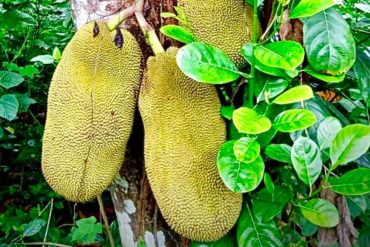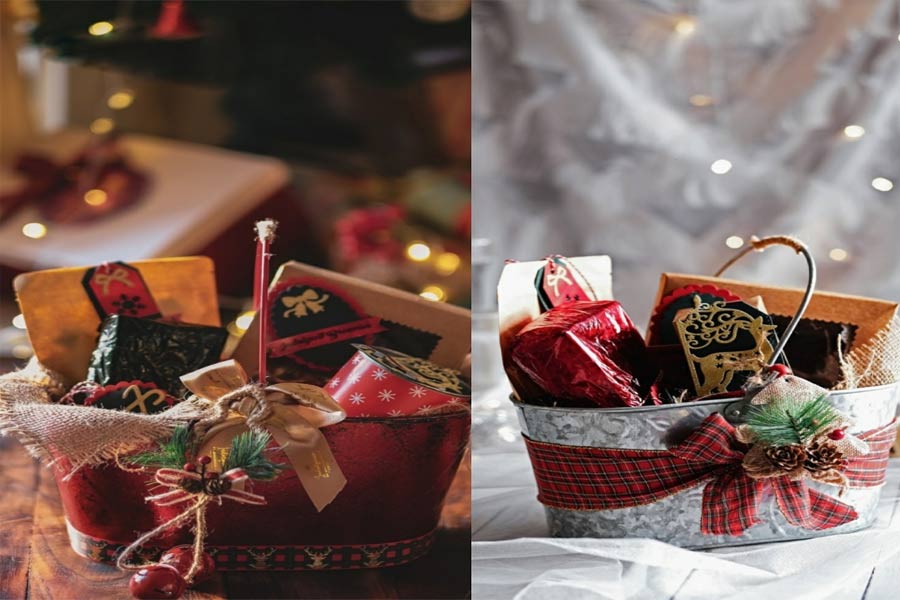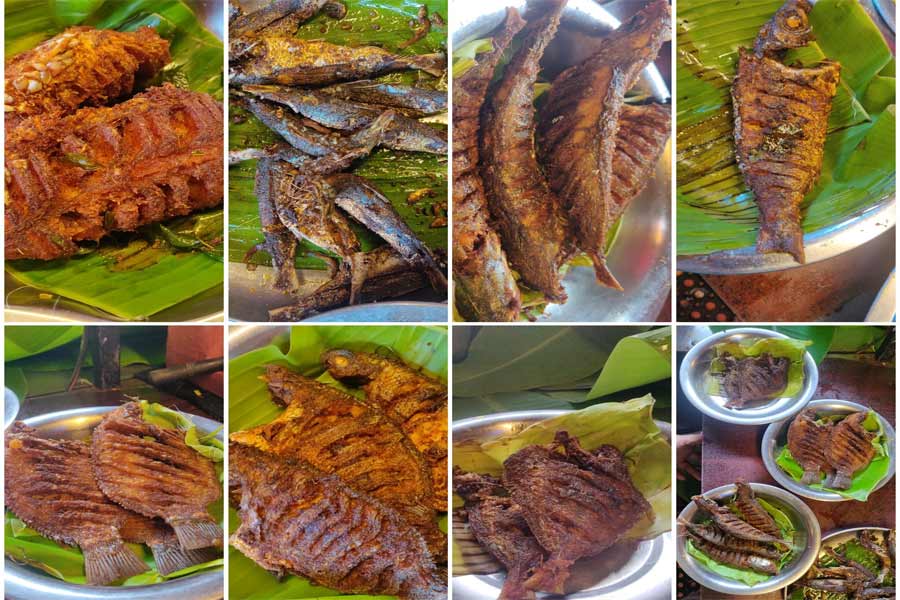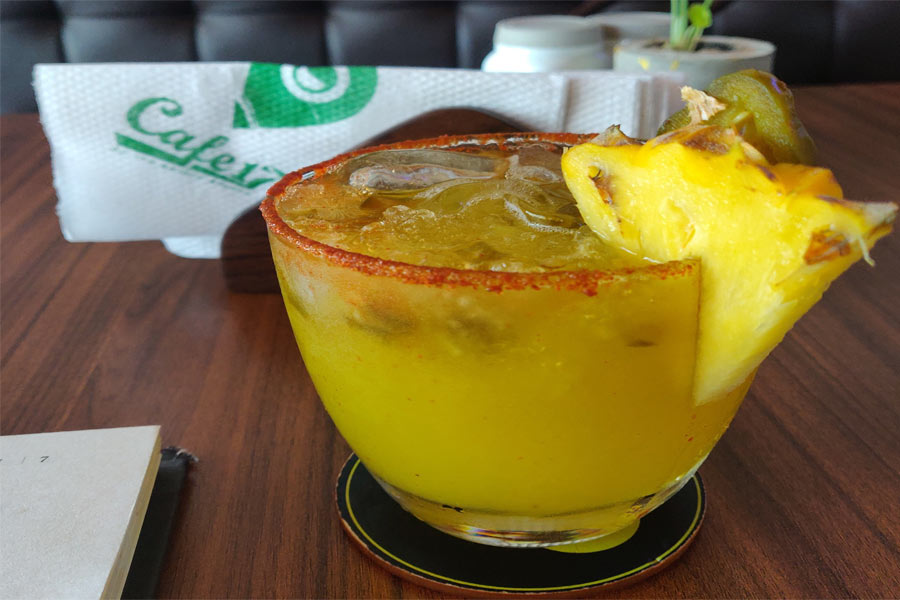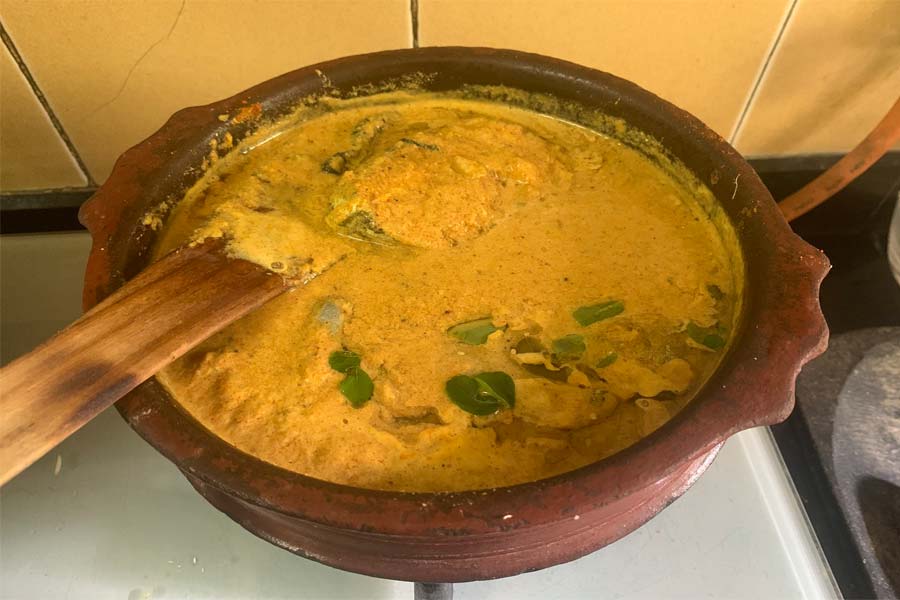One of the many memories that I have of my summers with my grandmother, back home in Kochi, was the ubiquitous sound of the horn that Ouseph had fitted onto his cycle when he pedaled his way over to houses to sell fish. He would describe the fish, all of course fresh, gossip a little and of course cuss the political system. This was almost a ritual.
In the meantime my grandmother would have bought the fish and would head out to the waterfront that nestled in the backyard to clean the fish or would ask the help to do it. The discarded silver scales shone like shards of glass. The cat that pretended to be my granmother’s pet would amble in, in the hope of getting a few bones.
The fish as far as I remember was always cooked in an earthen vessel, the mann chatty or a baked mud pot—Mann/Mannu literarily meaning mud. A round-bottomed and a wide-mouth vessel and the bottom sat very snugly on the wood stove. If we saw the mann chatty on the wood stove we never asked what was for lunch. It had to be the fish curry.
The cleaned fish, along with salt, turmeric, juliennes of ginger, green chili and coriander powder all together found its way into the baked mud pot. The souring agent depended on the season. If it was summer, then raw mangoes would find its place in the fish curry.
Otherwise it always is the tamarind. However, the taste of the curry is enhanced with the kudam puli (Garcinia Cambogia). The kudam puli is a fruit that grows on large trees and turns orange when ripe. The fruit is pitted and dried and eventually turns black in color. The kudam puli has a taste that cannot be described specifically as sweet, sour or bitter—almost astringent in taste. The kudam puli is also known for its digestive properties and perhaps that is why our ancestors used it. The closest I have seen to the kudam puli is the kokum that is used extensively in the Konkan/coastal region of Maharashtra.
Coconut is ground and added after the fish is cooked. It’s cooked in the mann chatty and here is where the exotic happens. The flavors are augmented while the fish is cooking in the mann chatty. And because the vessel’s porosity is high, the fish remains moist. When the fish is flaky, that is cooked, raw coconut oil is drizzled on the top and of course the curry leaf, roughly torn, is dropped in. The process of making the fish curry was so simple and yet it had such a sophisticated taste. The taste of kudam puli, the fish and the coconut paste. The fish curry always tasted better the next day. We would eat it of course with rice, also with idli and dosa. Meen (Fish) curry and Mann chatty are truly inseparable.

